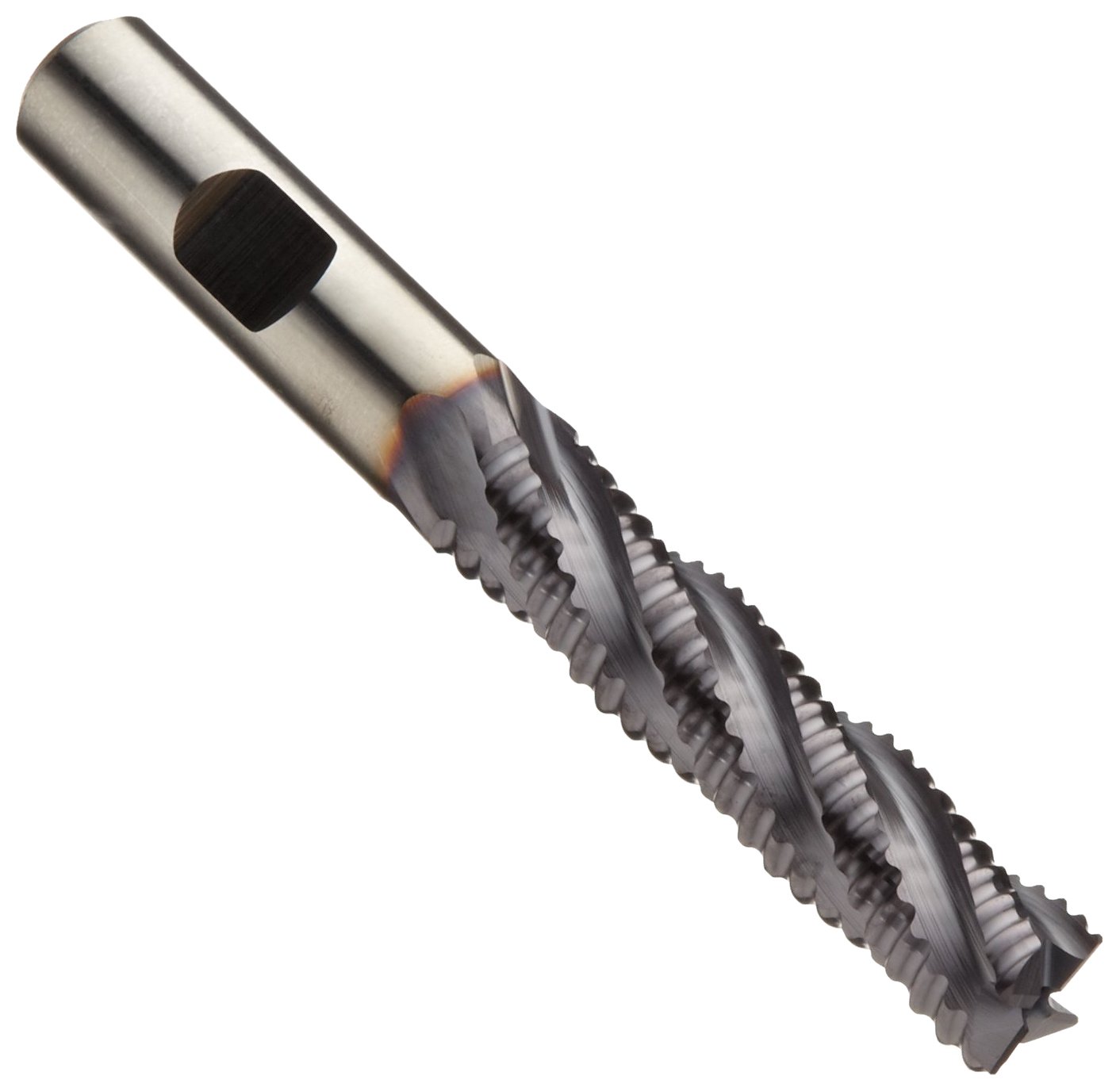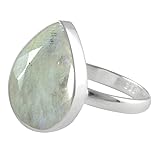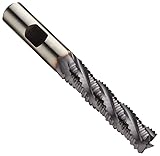All Categories





Niagara Cutter N70991 Cobalt Steel End Mill, Non Center Cut Rougher, TiAlN Coated, 5 Flutes, Chamfer End, 3" Cutting Length, 1" Cutting Diameter, 1" Shank Diameter
Share Tweet








Niagara Cutter N70991 Cobalt Steel End Mill, Non Features
-
Roughing end mills have chip-breaking cutting edges that remove material in less time than conventional end mills
-
Coarse-pitch tooth design is suitable for machining mild and cold-rolled steels
-
Titanium aluminum nitride (TiAlN) coating lubricates the end mill for high-temperature stability and abrasion resistance at high cutting speeds, offering better heat resistance than TiN and TiCN coatings
-
Square end creates sharp, unrounded cuts and has a corner chamfer to strengthen the cutting edges
-
Number of flutes varies by diameter for optimum feed and cut rate
About Niagara Cutter N70991 Cobalt Steel End Mill, Non
The Niagara Cutter REM710 TiAlN-coated cobalt steel coarse-pitch rougher end mill has a non-center-cutting design and is coating suitable for machining mild and cold-rolled steels. The number of flutes varies by diameter for optimum feed and cut rate. The coarse-pitch tooth design includes chip-breaking cutting edges that remove more material in less time than conventional end mills to support heavier cuts at higher speeds. The end mill produces a rough finish that can be smoothed by a second finishing cut. The TiAlN coating resists heat better than TiN and TiCN coatings, increasing tool life and performance. It also offers increased hardness for abrasion resistance and may reduce the need for lubricants based on the application. The cobalt steel substrate can be run at faster speeds and stays sharp longer than high-speed steel tools, while offering resistance to heat and abrasion. Rougher end mills are special-purpose tools whose chip-breaking cutting edges create small chips for heavy cuts and remove more material in less time than conventional end mills, with minimal vibration (chatter). The 30-degree helix angle balances lower angles’ strong cutting edge for difficult-to-machine materials with higher angles’ increased cutting action. The tool’s square end creates sharp, unrounded cuts and has a corner chamfer on the cutting edges to provide more strength than standard square end tools in applications where cutting forces are high. The non-center-cutting design is for applications such as peripheral milling. Cutting diameter tolerance is +0.003” to -0.000" for cutting diameters 1” or under; +0.006” to -0.000” for cutting diameters over 1”. The end mill has a Weldon shank. End mills are designed to remove material and create multi-dimensional shapes and profiles. They have cutting edges along the outside diameter and flutes that remove chips from the cutting area and allow cooling fluids to enter. If heat is not reduced effectively, the tool’s cutting edges will dull and additional material buildup can occur. The number of flutes can range from two to eight. Two-flute designs offer the most efficient chip removal, but more flutes provide a smoother finish. The shank is the end of the tool held in place by a tool holder or machine. Center-cutting end mills can create three-dimensional shapes and profiles, and make plunge cuts similar to a drill bit. Non-center-cutting end mills are for applications such as peripheral milling and finishing, but cannot make plunge cuts. Niagara Cutter has been designing and manufacturing precision cutting tools since 1954. Specializing in end mills, cutting mills, and saws, the company is based in New York and manufactures its tools at facilities in Pennsylvania and Massachusetts. This allows the company control over production, from substrate to coating, which is essential for customers in a variety of industries, especially aerospace and automotive.




























